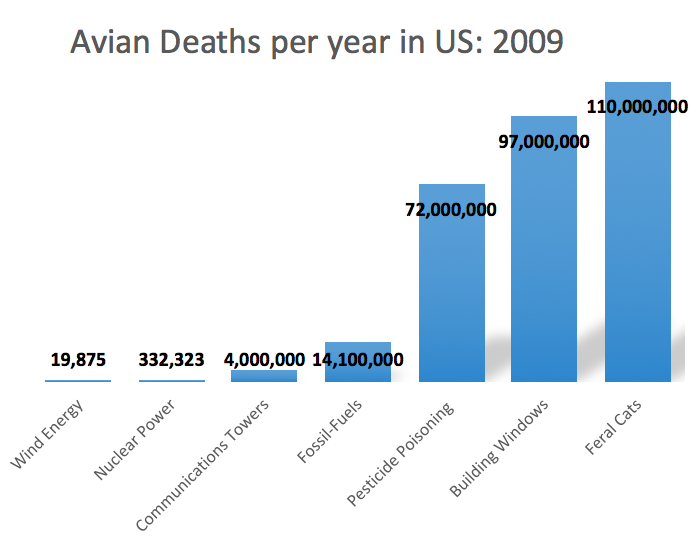Electric Power Monthly:
Solar GWh or percentages
October 2018 (2017 in parentheses):
Utility Solar: 5,225 (4,830)
Estimated small: 2,400 (2,002)
Total: 7,625 (6,832)
2018 through October (2017 in parentheses):
Utility Solar: 59,511 (46,488)
Estimated small: 25,847 (20,957)
Total: 85,358 (67,445)
2018 Rolling 12 months through October (2017 in parentheses)
Utility Solar: 66,309 (51,679) 1.57% (1.28%)
Estimated small: 28,879 (23,381) 0.69% (0.58%)
Total: 95,189 (75,060) 2.26% (1.86%)
At that growth rate, it's only 244 1/2 years to go until solar provides all US electricity.

New solar additions for the next 12 months are forecast to be slightly less than in the last 12 months. This probably reflects some of the past uncertainty about the tax credits.



